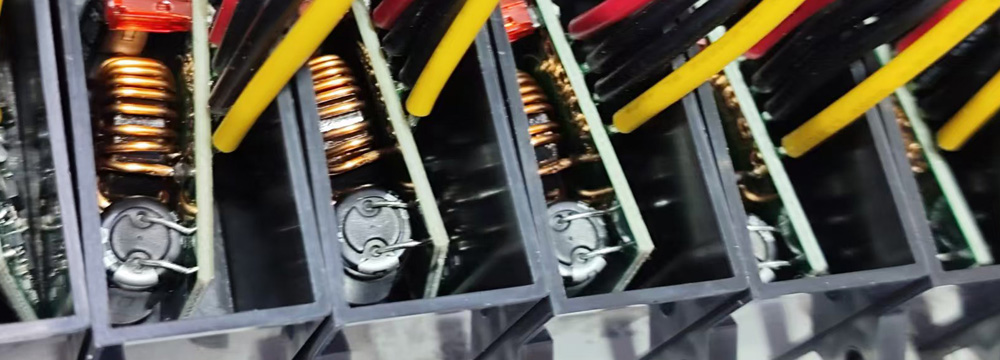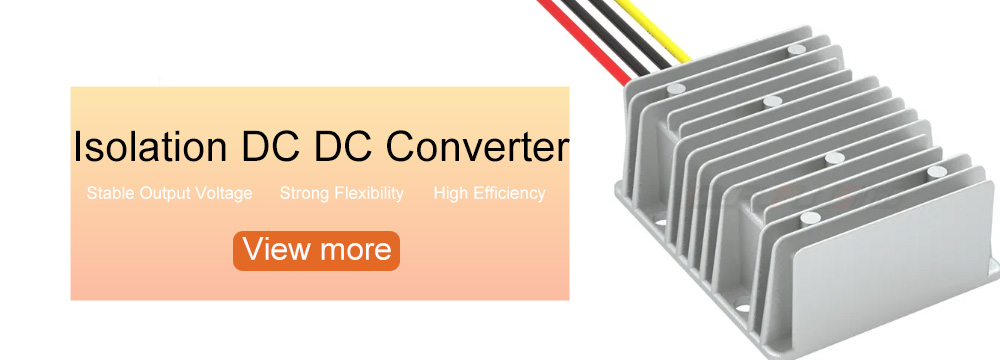As the market demands, newer and faster ASICs, DSPs, FPGAs, high-speed microprocessors and storage devices emerge, and the power supply industry needs to make corresponding adjustments. These devices change the requirements of power supply specifications, requiring multiple operating voltages, higher transient current requirements, and smaller component sizes.
However, due to several inherent limitations in technology, the development of power supplies is also constrained. Generally speaking, the power system does not provide the main selling point for the overall system because the system must be powered and the terminal application is to process data rather than generate voltage and current.

If the power system takes up too much space, some other technical features that add competitive advantages to the terminal product may be weakened or completely ignored. T
o solve these problems, system designers have been working hard to design an optimal type of distributed power system to meet system requirements while still maintaining the characteristics of high efficiency, reliability, low cost, and flexibility to adapt to rapidly changing needs.
Multiple options
Today, there are multiple power supply architecture options to choose from. For telecommunications systems operating in the normal voltage range of 36V-75V, generally speaking, the power level and the number of voltage rails will determine which architecture is used in DPA (distributed power architecture) or IBA (intermediate bus architecture).
For systems such as high-power computing systems and server power supplies, experienced designers have found that there is an efficiency advantage when the system backplane is powered by a 48V or higher voltage bus and converts the 48V voltage to the required POL voltage.
The DPA converts the input alternating current (AC) to a narrow range of direct current (DC) voltages of 36V-75V or 36V-60V.
IBA Architecture Analysis
Each load output voltage is supplied by an isolated DC-DC converter corresponding to the load current. Usually, this approach is very costly and requires a large amount of board area. However, due to the small number of "cascade" conversion stages, the input bus distribution losses are low, which can produce very high overall efficiency.
The IBA architecture is committed to reducing the board area and cost of the DPA architecture. This approach converts AC to the same wide range or narrow range DC as the DPA. For wide range requirements, a regulated or semi-regulated, isolated bus converter (IBC) is used to step down the high voltage to the average optimal point of the narrow range non-isolated point-of-load converter (NiPOL) with respect to duty cycle and efficiency.
Each NiPOL operates at this bus voltage and produces the regulated output voltage required by each load. For narrow range situations, the isolated DC-DC converters that power the NiPOLs can be semi-regulated or even fully unregulated.
For the IBA topology, the narrow range semi-regulated or fully unregulated have extremely high power density and efficiency; while for the wide range regulated or semi-regulated, they have lower efficiency and power density. In the unregulated case, the input voltage of each NiPOL varies by 1/K, where K is the step-down ratio of the IBC.
The advantage of IBA is that the overall size and cost of the power system is minimized by using smaller NiPOLs and a single-stage isolated power supply. Small NiPOLs can be close to the point load, which, as the name implies, gives better transient response. Compared with DPA, IBA has two stages of conversion for each voltage, and the distribution loss increases with the square of the intermediate bus current, so its disadvantage is that the overall system efficiency is lower.
The efficiency of this architecture is difficult to make high because the intermediate bus voltage is more than four times lower than the DPA topology, thus generating higher intermediate bus currents for a given output power. In addition, the intermediate bus voltage of each NiPOL does not produce the best efficiency.
Isolated DC-DC converters have made the necessary improvements. This new ultra-high power density converter is capable of producing 60W of isolated regulated power in half the size of existing solutions. This new technology has the potential to enable system designers to reduce the size of existing power architectures and allow them to increase product features and functionality.
This new converter is relatively easy to design and has a short design cycle, allowing users the flexibility to place power where it is needed, making it a new technology.







